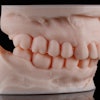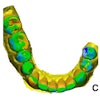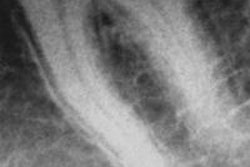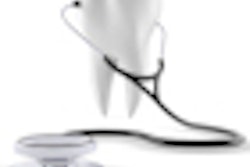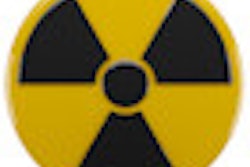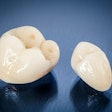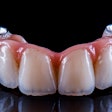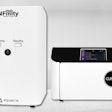
A free image-processing program can enhance the use of digital video to capture high-quality microscopic images during endodontic treatment, according to a study in the Bulletin of Tokyo Dental College (Vol. 53:1, pp. 27-31).
Microscopic image documentation of a dental procedure is useful and can be obtained with a 35-mm digital camera; however, with this method it is difficult to obtain sufficient brightness and depth of field while imaging the apical third of a root canal, according to the study authors.
With a video camera, individual frames can be selected from the video stream without having to interrupt treatment. Here again, however, there are drawbacks: In particular, "the image quality of a single video frame is generally low due to the presence of pixel and background noise," the study authors noted.
"With a video camera, each frame contains a large amount of background noise and the image quality is low," they wrote. "Although it is possible to use a computer to carry out image processing and adjust the brightness and contrast, achieving a fundamental improvement in image quality is difficult."
To overcome these limitations, they used a public-domain software package called RegiStax in conjunction with an operating microscope and digital video camera to create high-quality still images from a continuous video stream.
Now in its sixth iteration, RegiStax was originally developed by an international team of scientists to achieve clearer astrophotography. It features an image-optimization method that involves aligning and stacking a sequence of video frames, followed by the use of a wavelet transform.
For the current study, the Japanese researchers used a composite of 210 video frames, plus wavelet conversion. The video was recorded for 7 to 8 seconds, which could increase the risk of image degradation due to patient movement.
"However, the results indicate that careful alignment of the individual frames can offset this effect and produce images whose quality is higher than that of still-camera images," they wrote.
In this case, the resulting images had a high quality and large depth of field, allowing fine structures to be easily observed, they noted.
"RegiStax is a powerful program for stacking and aligning images either from stills or AVI frames," they wrote. "This method represents a simple, nonintrusive approach to obtaining image documentation during endodontic procedures."

